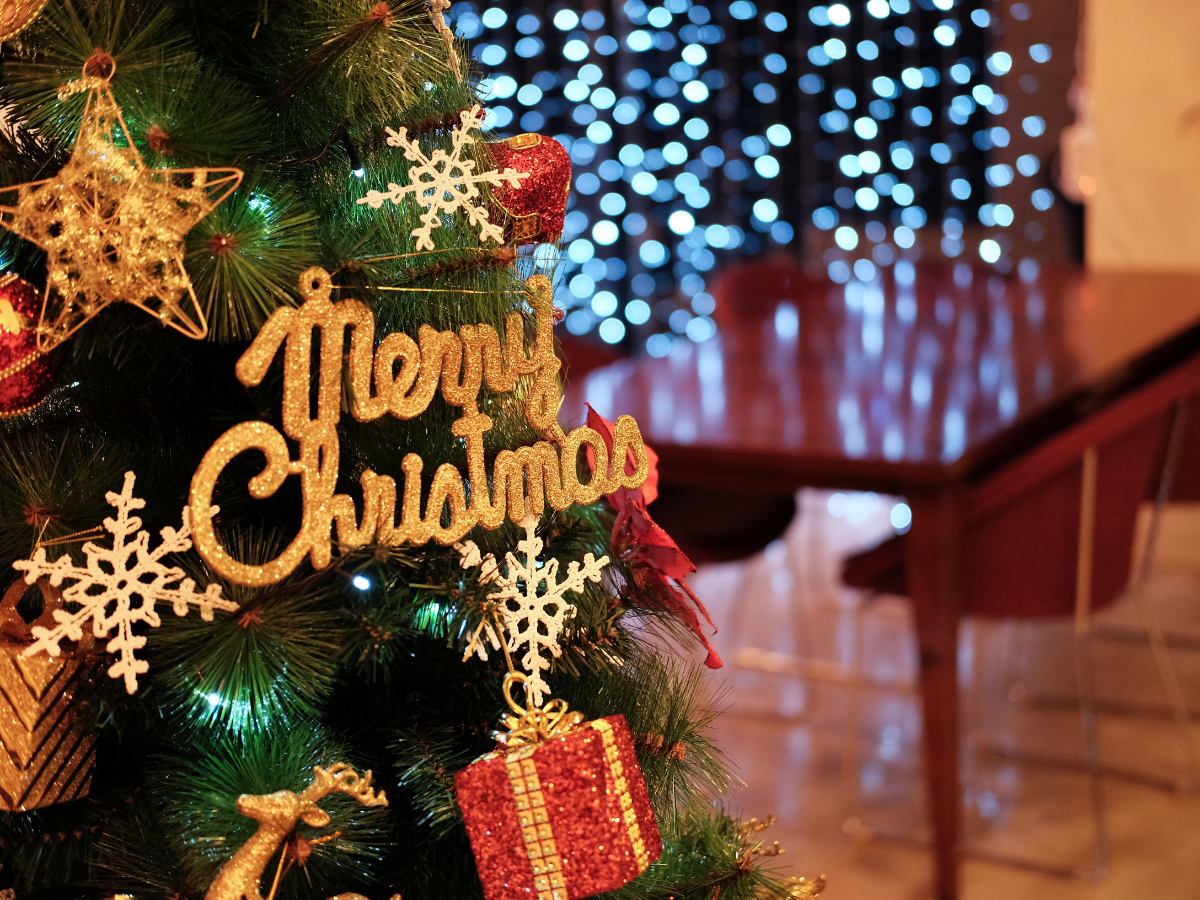Christmas is widely celebrated across the world during 25th December as the birth day of Jesus, who the Christian religion regards as the son of God. But was Jesus really born on 25th December? No one knows for sure on what day Christ was born. Dionysus Exiguus, a sixth-century monk, was the first to date Jesus Christ’s birth on December 25th, A.D. 1. Researchers have speculated that the Roman Catholic Church chose Dec. 25 because it ties in with the winter solstice and Saturnalia, a festival dedicated to the Roman deity for Agriculture, Saturn, and which began on December 17 and ended December 25. This allowed the Church to co-opt this popular Pagan festival, as well as the winter celebration of other Pagan religions, by choosing this day to celebrate Jesus’ birthday, according to scholar Ignacio L. Götz in his book “Jesus the Jew: Reality, Politics, and Myth-A Personal Encounter”.
According to popular website christianity. com, “Cultures around the Mediterranean and across Europe observed feasts on or around 25th December, marking the winter solstice. The Jews had a festival of lights. Germans had a yule festival. Celtic legends connected the solstice with Balder, the Scandinavian Sun God who was struck down by a mistletoe arrow. At the Pagan festival of Saturnalia, Romans feasted and gave gifts to the poor. Drinking was closely connected with these Pagan feasts. According to author William Walsh, as published in 1970 book, The Story of Santa Claus, the Christian decision to use 25th December as the global holiday to celebrate the birth of Jesus came about as a way to hopefully convert Pagans to Christianity. It was seen as a compromise between opposing beliefs.
Some scholars believe that Jesus was born between 6 B.C. and 4 B.C., based on the biblical story of King Herod the Great. As per the Biblical story, in an attempt to kill Jesus, the king allegedly ordered the death of all male infants under the age of two who lived in the vicinity of Bethlehem, an event known as the Massacre of the Innocents, shortly before his death in 4 B.C. However, historians disagree about Herod’s actual year of death, and many have argued that the mass infanticide is nothing more than a legend.
Other scholars have attempted to correlate the “Star of Bethlehem,” which supposedly heralded Jesus’ birth, with actual astronomical events to pinpoint his birth year. For example, in a 1991 article in the Quarterly Journal of the Royal Astronomical Society, astronomer Colin Humphreys proposed that the fabled star was actually a slow-moving comet, which Chinese observers recorded in 5 B.C. However, Humphreys’ theory has since been debunked. The month of Jesus’ birth has also been a point of debate, with one theory suggesting that the Star of Bethlehem may have been Venus and Jupiter coming together to form a bright light in the sky, a rare event that occurred in June of 2 B.C. Another possibility is a similar conjunction between Saturn and Jupiter, which occurred in October of 7 B.C.
One large plot point in the story of Jesus’ birth is the presence of shepherds watching over their flocks. This is clearly outlined in the Bible at Luke 2:7-8, and is such a prominent part of the story, it has been featured in Christmas songs, according to the United Church of God. Multiple sources, including books “Celebrations: The Complete Book of American Holidays” and “The Interpreter’s One-Volume Commentary” commented that the weather would not have permitted Shepherds to be tending to their flocks at the end of December. Instead, this implies Jesus was born during a warmer month.
A number of Pagan customs became associated with Christmas. Christian stories replaced the heathen tales, but the practices hung on. Candles continued to be lit. Kissing under the mistletoe remained common in Scandinavian countries. Around the thirteenth century, Christians added Christmas carol singing to Christmas celebrations.
Christmas Tree celebrations
Decorating Christmas trees started in Germany in the 16th century. Some built Christmas pyramids of wood and decorated them with evergreens and candles if wood was scarce. Long before the advent of Christianity, plants and trees that remain green all year had a special meaning for people in the winter. In many countries it was believed that evergreens would keep away witches, ghosts, evil spirits, and illness. In the Northern hemisphere, the shortest day and longest night of the year falls on December 21 or December 22 and is called the winter solstice. Many ancient people believed that the Sun was a God and that winter came every year because the Sun God had become sick and weak. They celebrated the solstice because it meant that at last the Sun God would begin to get well. Evergreen boughs reminded them of all the green plants that would grow again when the Sun God was strong and summer would return.
The ancient Egyptians worshipped a god called Ra, who had the head of a hawk and wore the sun as a blazing disk in his crown. At the solstice, when Ra began to recover from his illness, the Egyptians filled their homes with green palm rushes, which symbolized for them the triumph of life over death. Early Romans marked the solstice with a feast called Saturnalia in honor of Saturn, the god of agriculture and decorated their homes and temples with evergreen boughs. In Northern Europe, the mysterious Druids, the priests of the ancient Celts, also decorated their temples with evergreen boughs as a symbol of everlasting life. The fierce Vikings in Scandinavia thought that evergreens were the special plant of the sun god, Balder.
During the 16th and 17th centuries, most Americans refused to adopt the Christmas tree tradition because they believed it to be attached to Pagan beliefs. The tradition was therefore mostly confined to Germany until the late 1700s and early 1800s. The Puritans of New England upheld especially strict views of Christmas in America, and people were severely punished if they celebrated or decorated in any way. They believed the holiday was so sacred that a church service was the only appropriate way to celebrate. This solemn American observance of Christmas continued until Irish and German immigrants began to settle in America and established their own traditions despite the Puritan rule.

